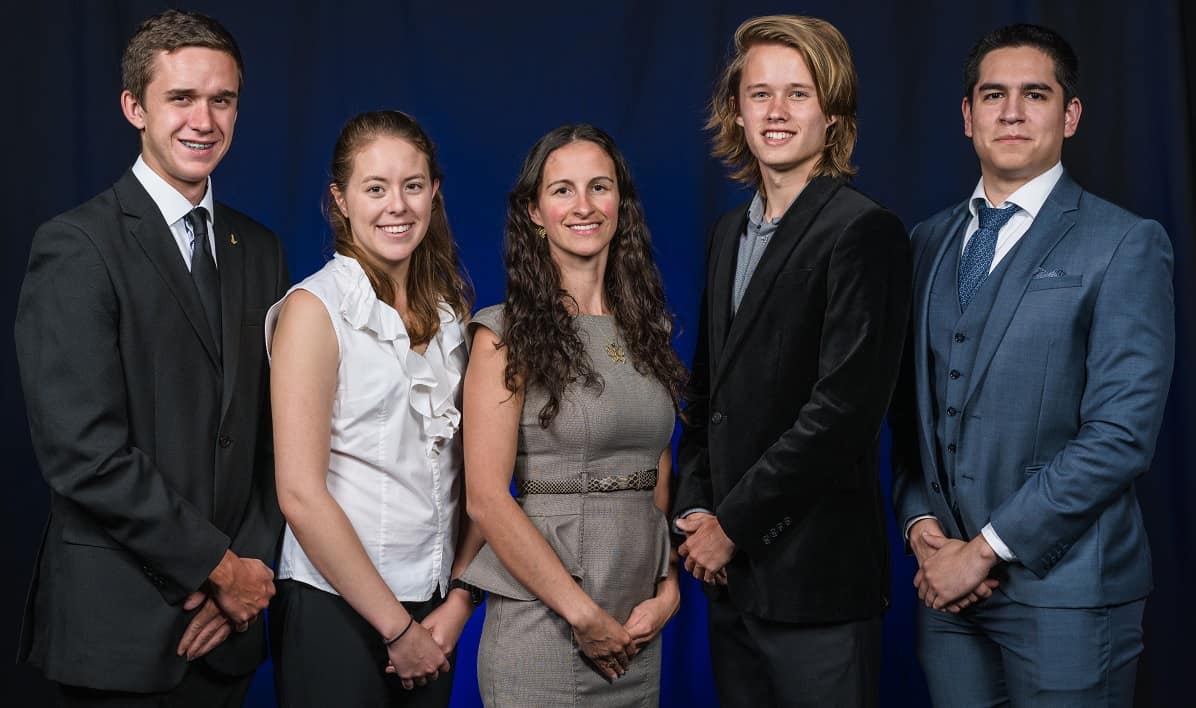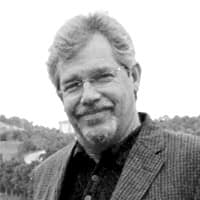First-Year Engineering Students Continue Soar into Final Phase of NASA Competition

Four Embry-Riddle students from an Introduction to Engineering Honors section at the Daytona Beach Campus are moving to the final phase of competition in the NASA Revolutionary Aerospace Systems Concepts - Academic Linkage (RASC-AL) competition.
Advised by Assistant Professor of Engineering Fundamentals Claudia Ehringer Lucas, the four students—Jack Grant, Cheyenne Reed, John Lacey and Jesus Ferrand—are just one of fourteen teams nationwide selected to present at the RASC-AL forum in Cocoa Beach from May 31 to June 2. They will be competing against engineering powerhouses such as MIT, Columbia University and Virginia Tech, and will present their research to a panel of NASA and industry judges. Their design challenge is to create a space-worthy exercise suite for long duration travel.
A three-part challenge, the team’s current design iteration in the Lightweight Exercise Suite competition at RASC-AL includes four different exercise machines – a treadmill, a stationary bike, a rowing machine, and a modified OYO Fitness DoubleFlex. Their proposal has the stationary bike and rowing machine powering generators, helping offset power requirements for the treadmill and health monitoring system that NASA uses to track astronauts during workouts.
The Revolutionary Aerospace Systems Concepts – Academic Linkages (RASC-AL) competition covers three distinct design challenges for NASA’s new approach at future human space exploration. These challenges prompt students to investigate, plan and analyze space exploration design at differing stages of development: Human Scale Architecture and Systems; Systems (specifically Robotics Systems); and Individual Components/Elements. Students develop concepts that may provide full or partial solutions to challenges currently facing human space exploration. Faculty advisor participation is important to the success and academic rigor of the competitions. Through the RASC-AL, NASA gains access to new, innovative concepts from the top-minds at America’s best engineering schools.

 James Roddey
James Roddey